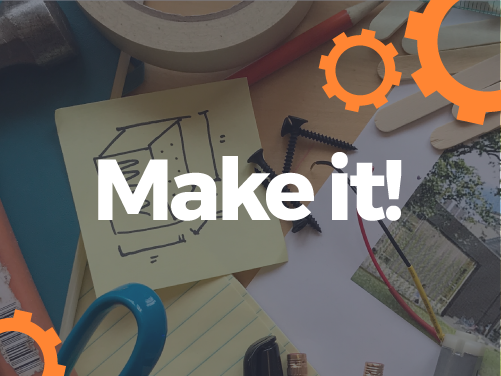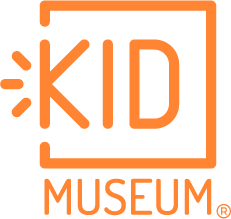Let’s make the most of staying at home.
Welcome to Make it!
Join our Maker Educators this week on Make it! Live to build mechanical animals, become an online sculpting master, make a functioning machine, and produce your own songs using electronic music technology.
With Make it! DIY, you’ll learn how to build a series of moving mechanisms (pulleys, ziplines, pendulums) that come together for an epic Chain Reaction challenge.
As always, be sure to post your creations (#makeit) and tag us so we can share them with our KID Museum community.
Ready. Set. Make it!
P.S. Don’t forget to sign up for our newsletter to get Make it! delivered to your inbox every week.





